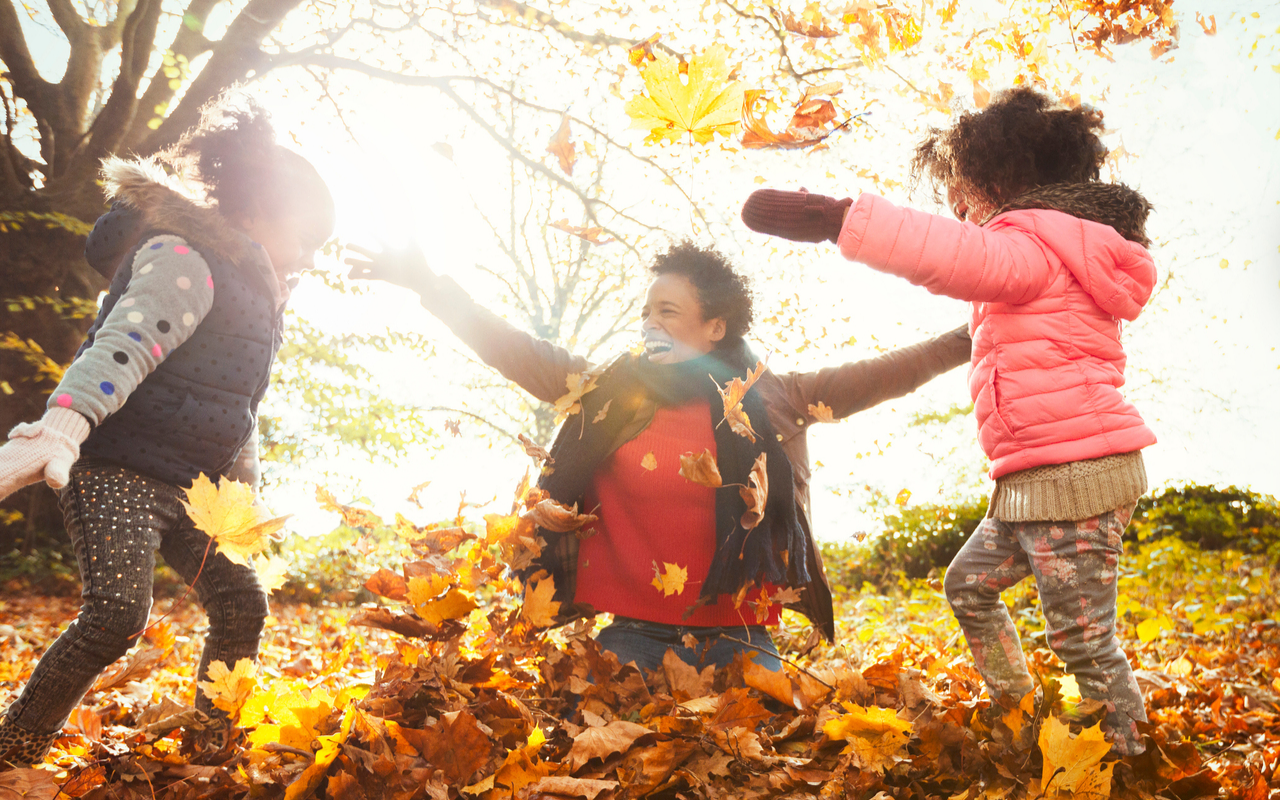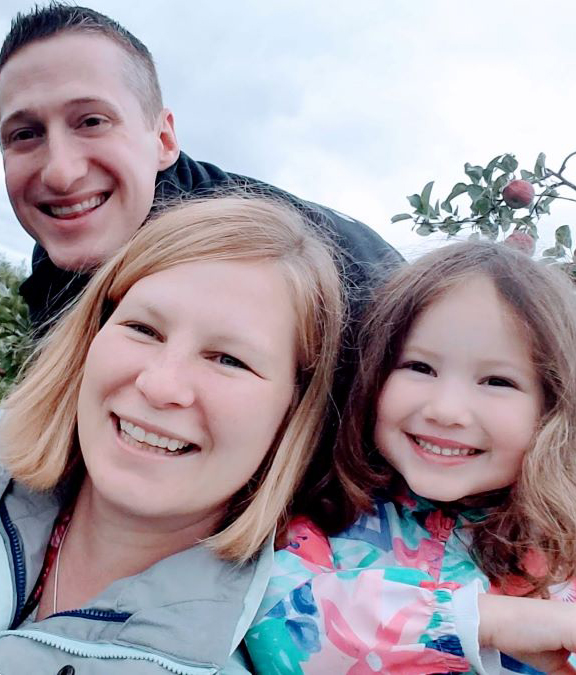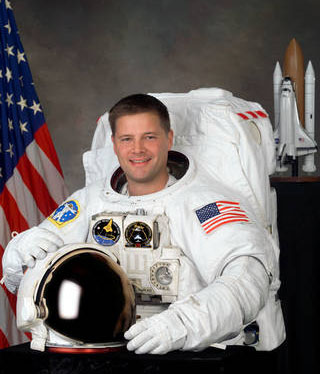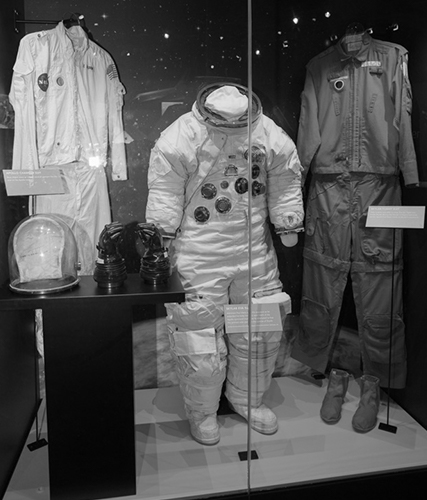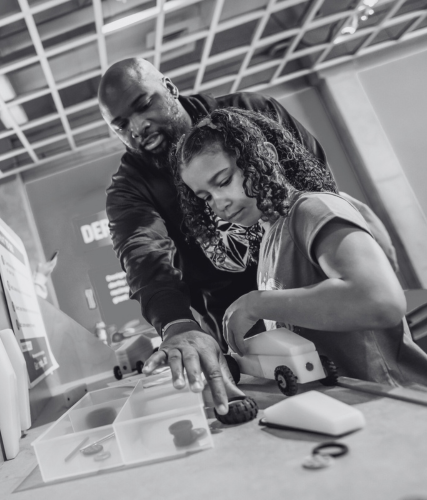Fall in Love with Science – How to introduce STEM concepts to your kids with the changing seasons
By: Kristen Antosh, Creator and Blogger at www.momgineeringthefuture.com
What are some of your favorite things about fall? Maybe it’s the piles of colorful leaves in the yard, the sounds of geese overhead migrating south, or watching squirrels collecting and burying their nuts. Or perhaps it’s the sight of a pumpkin patch, sipping a pumpkin spice latte or hot cocoa by a bonfire, or maybe it’s just the feeling of the cooler weather.
Whatever it is that you love about fall, you can be sure that science has something to do with it!
Here are some simple examples of scientific changes that you can observe outside this fall and talk about with your children!
Things are happening in space

Our Earth is tilted on an axis as it orbits the sun. This means that at various times of the year one portion is pointed toward the sun (in warmer months) and the other portion is pointed away from the sun (in colder months). This is the reason for colder weather and also less sunlight outside.
Non-migrating animals are preparing for the colder months
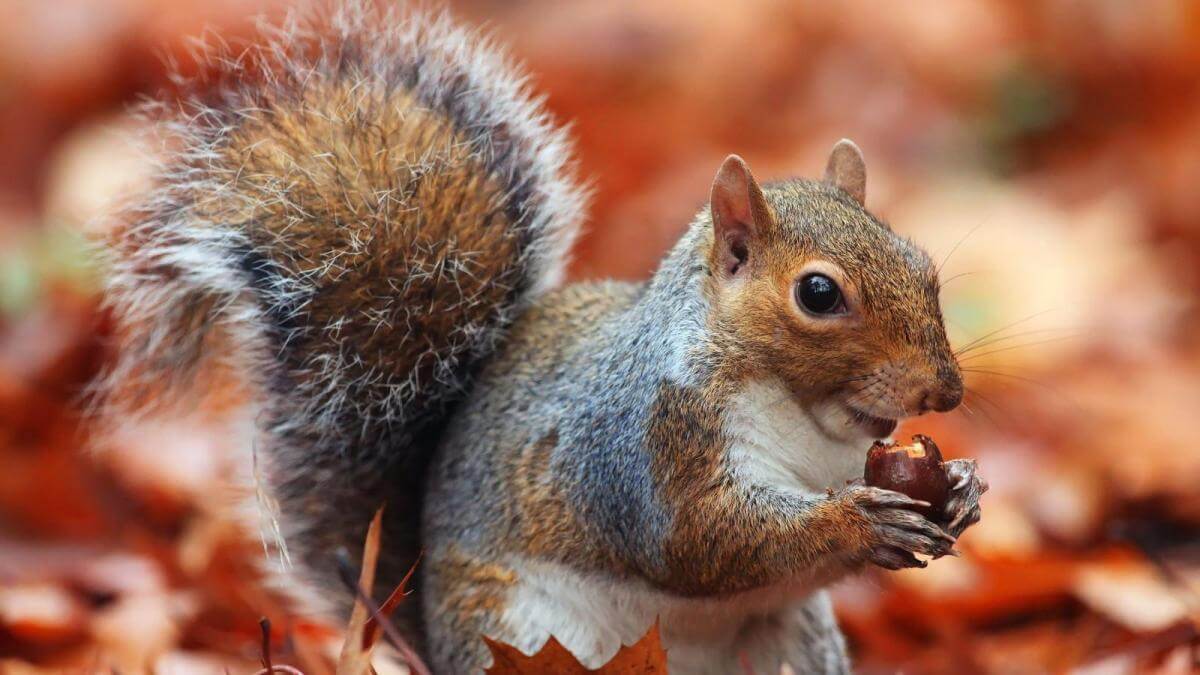
Some animals prepare for hibernation or they store up on food supplies for the long, cold months ahead. Look for squirrels collecting and burying nuts or bees collecting last minute food supplies to feed the hive throughout the winter.
Some birds are migrating
Some birds migrate south for more plentiful food availability and nesting locations. Look for ducks and geese flying together headed toward the south. Their ‘V’ formation of flying is also a great example of physics and energy conservation. Another observation is that some birds like hummingbirds are no longer around in the fall because they fly south for more abundant food supplies.
Plants are slowing or stopping their process of photosynthesis
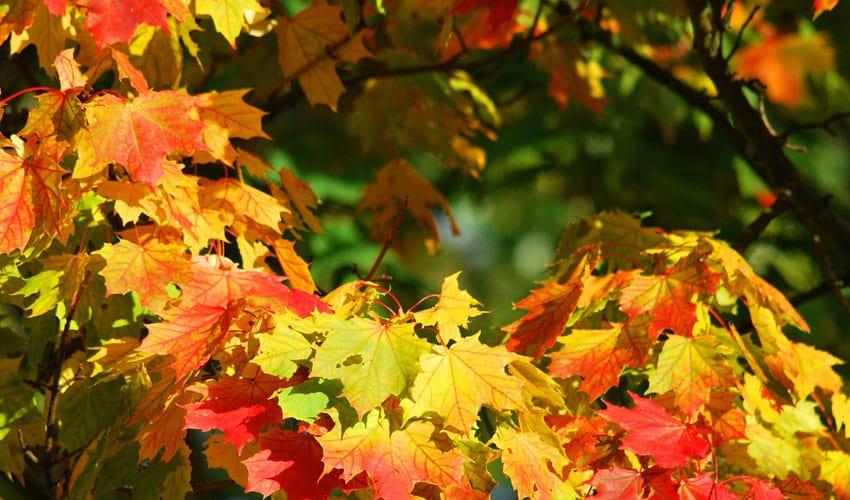
Photosynthesis is the cycle of plants and how they make energy. In the fall, it starts to slow down. Plants stop providing chlorophyll (the green pigment that is part of photosynthesis) to their leaves in order to conserve energy. Look for changes in leaf colors from green to yellows, oranges and reds and watch them fall from the trees. The grass also stops growing and plants that grow from bulbs, turn brown and fall off.
Let’s all ‘fall’ in love with science in nature together! What other kinds of scientific changes do YOU observe in the fall?
See more from Momgineering the Future!

